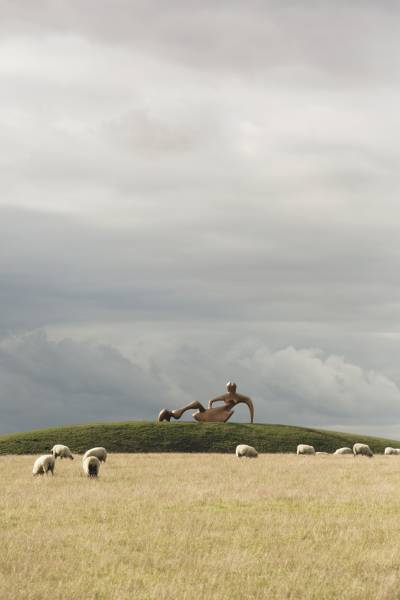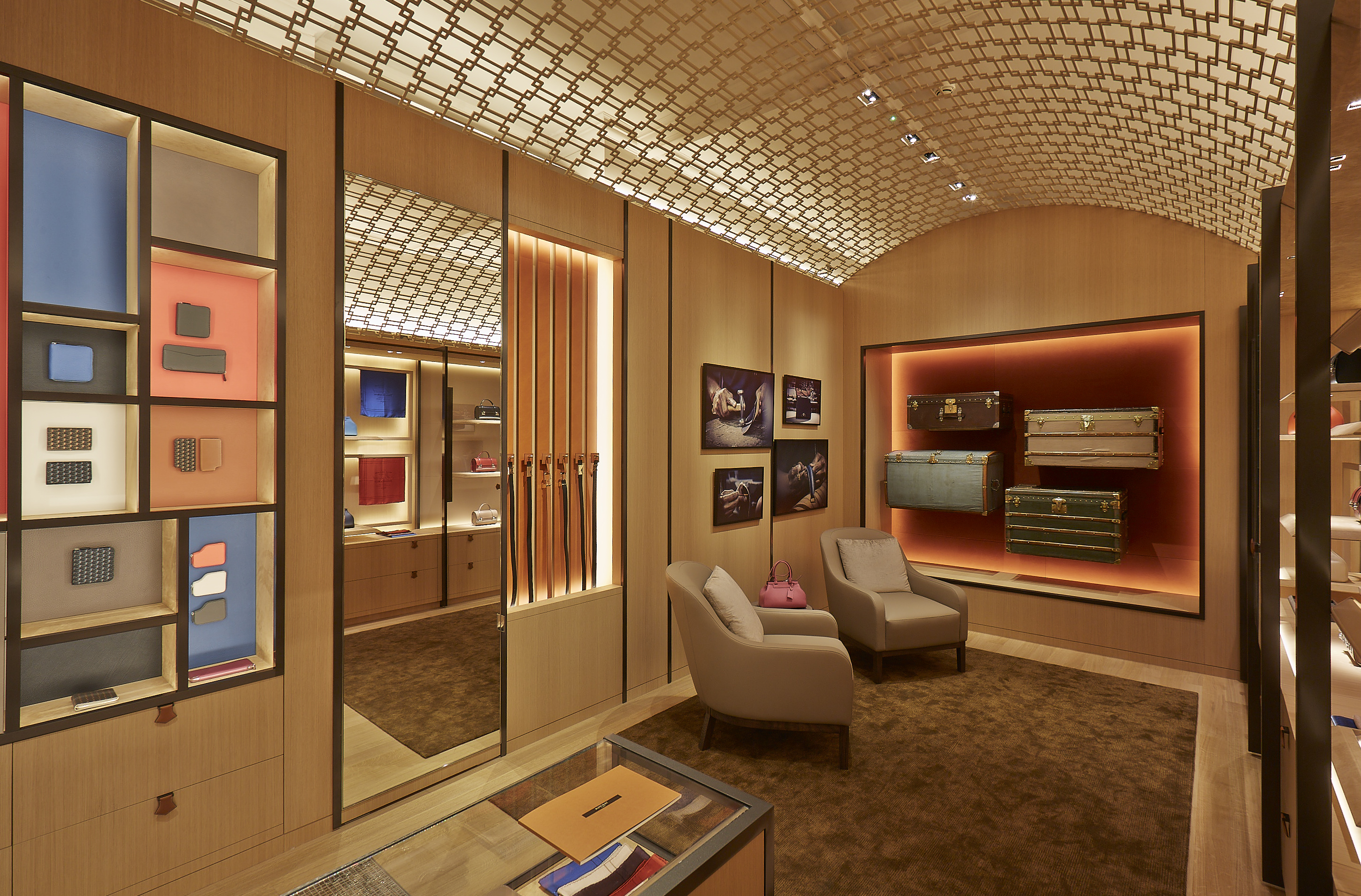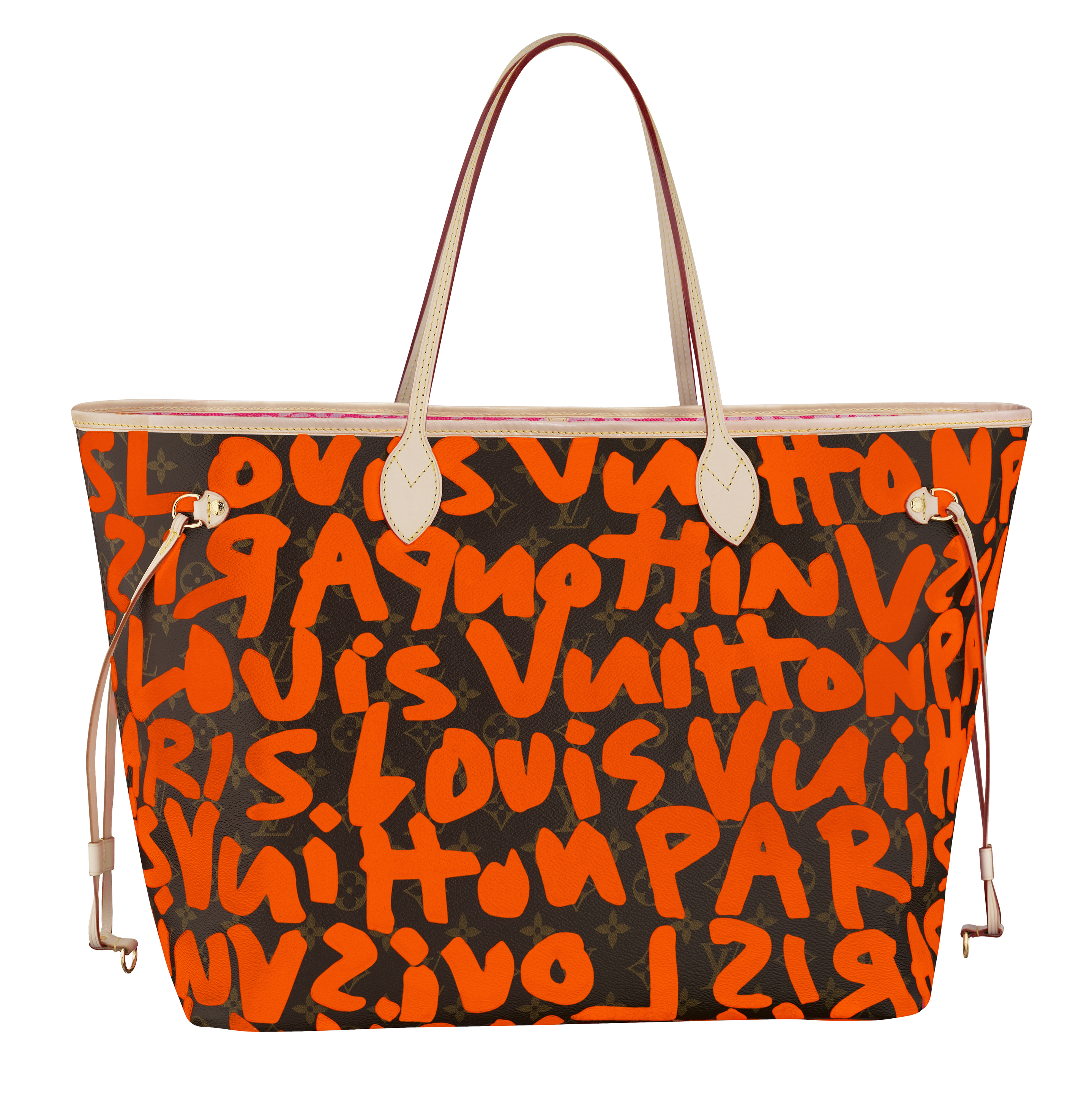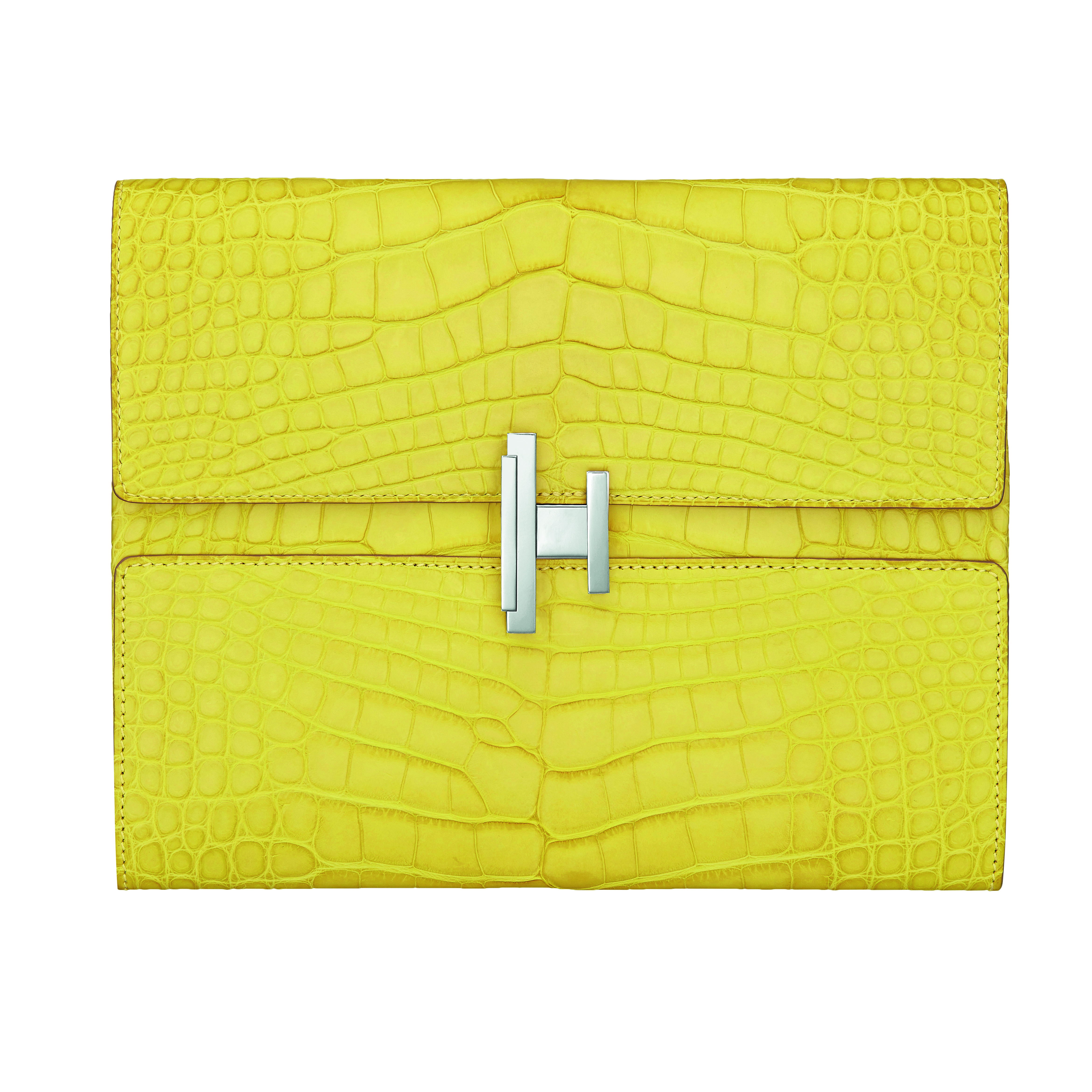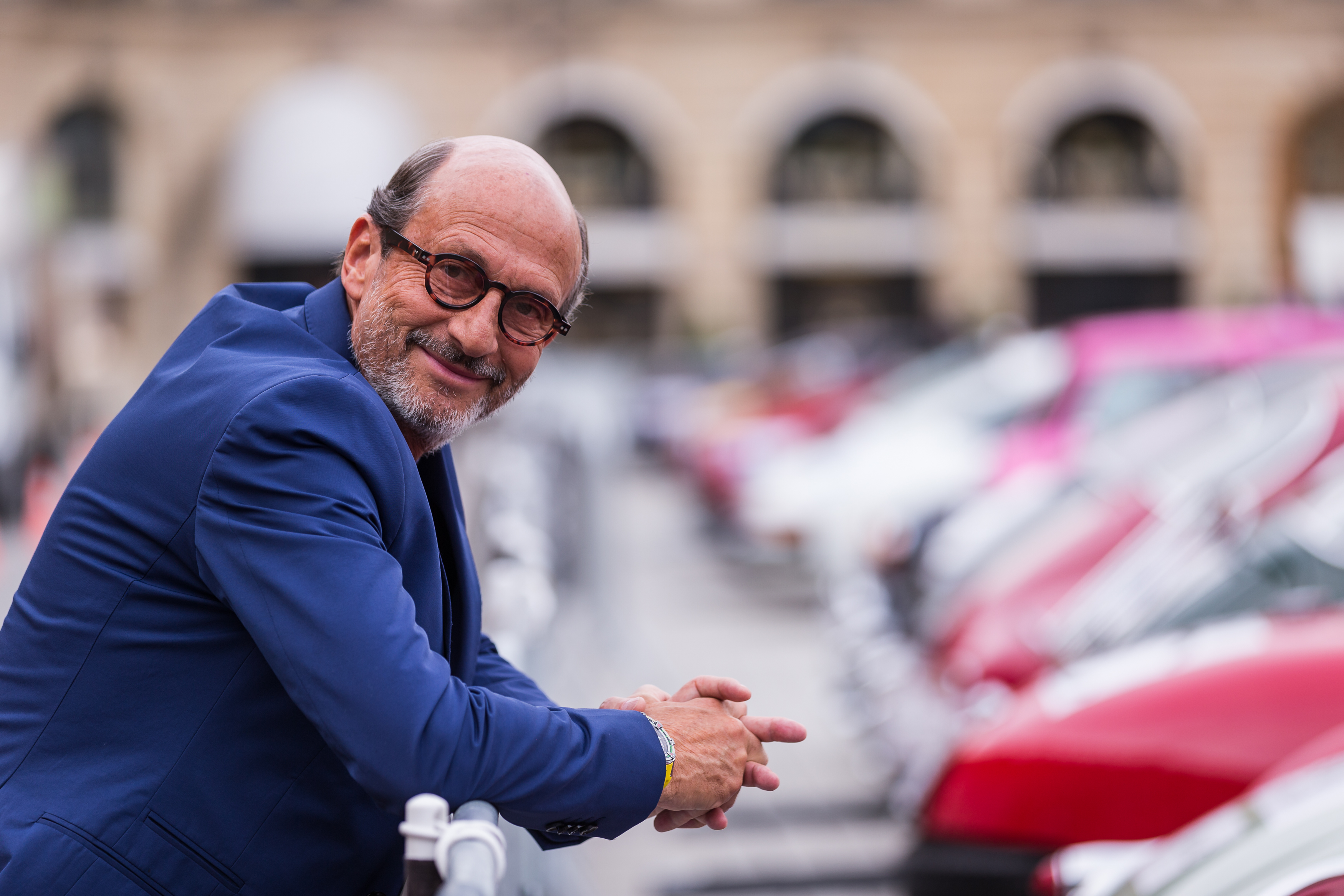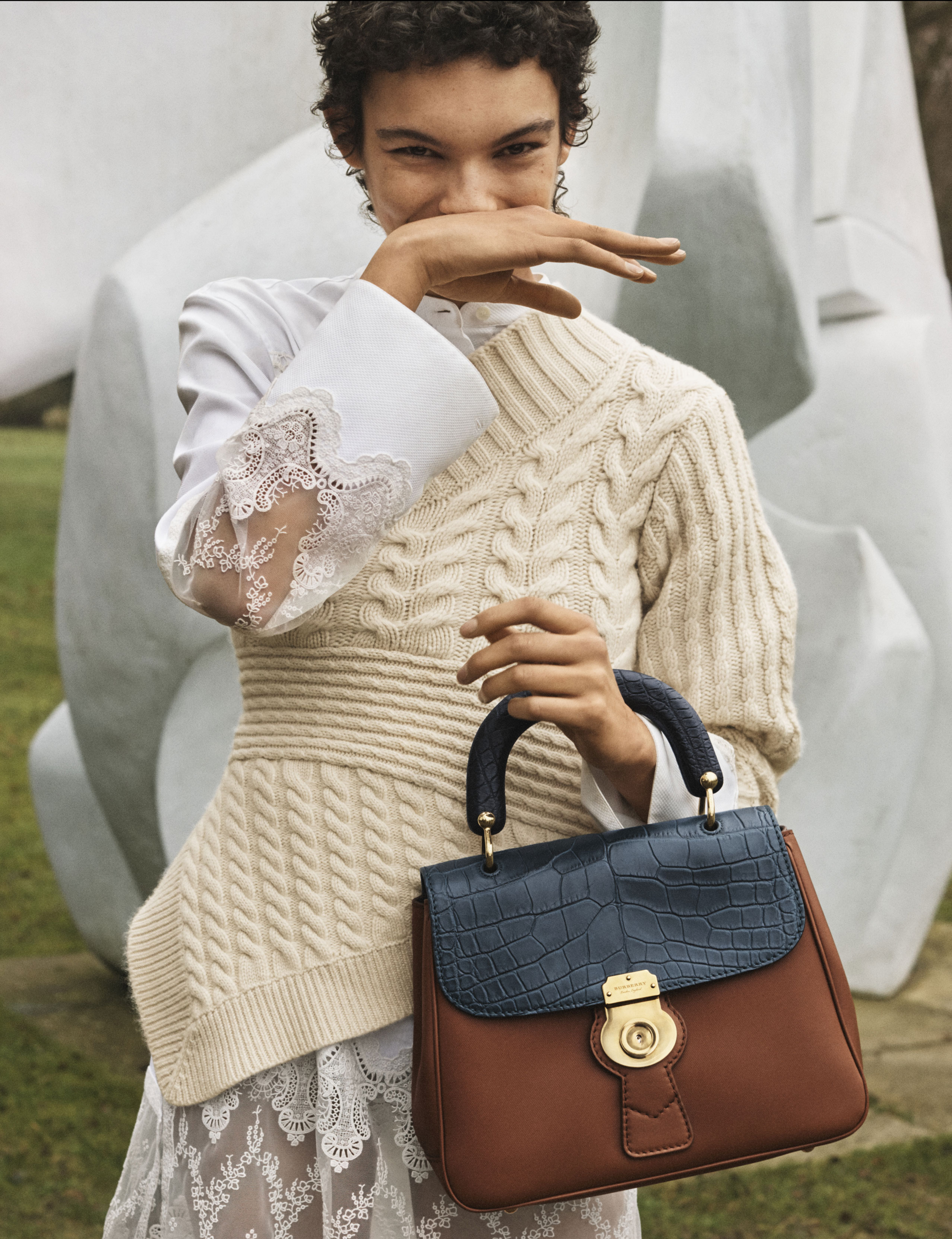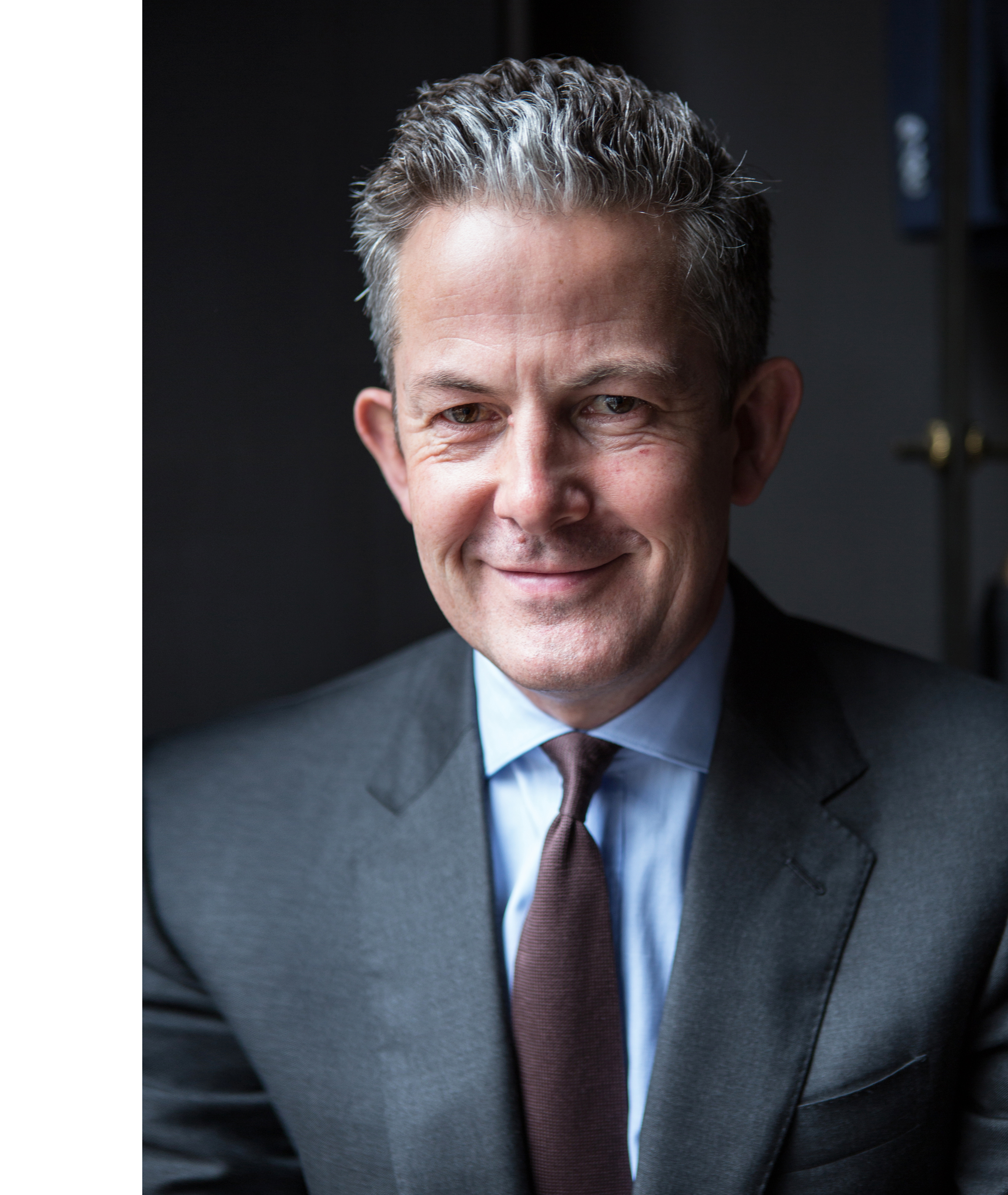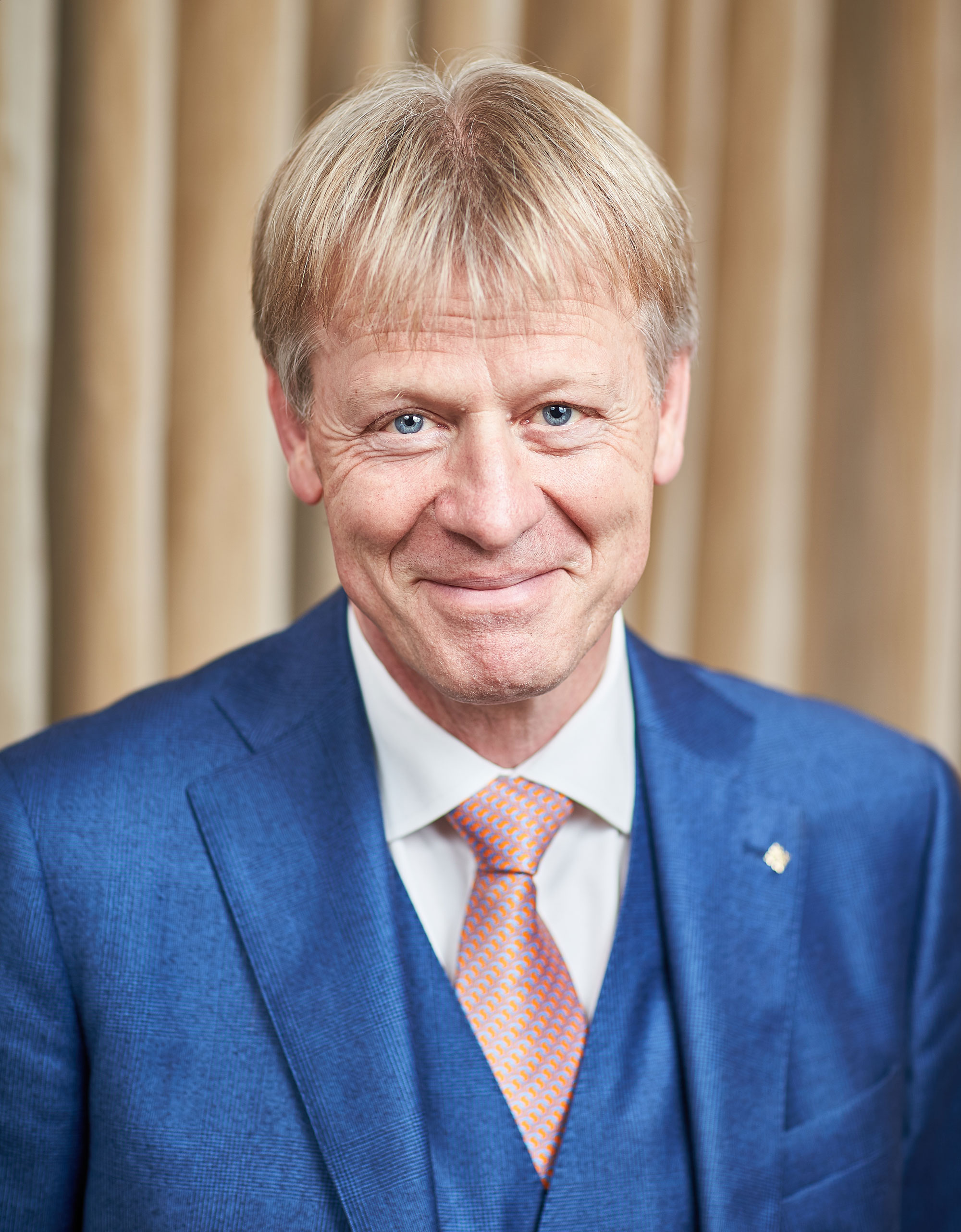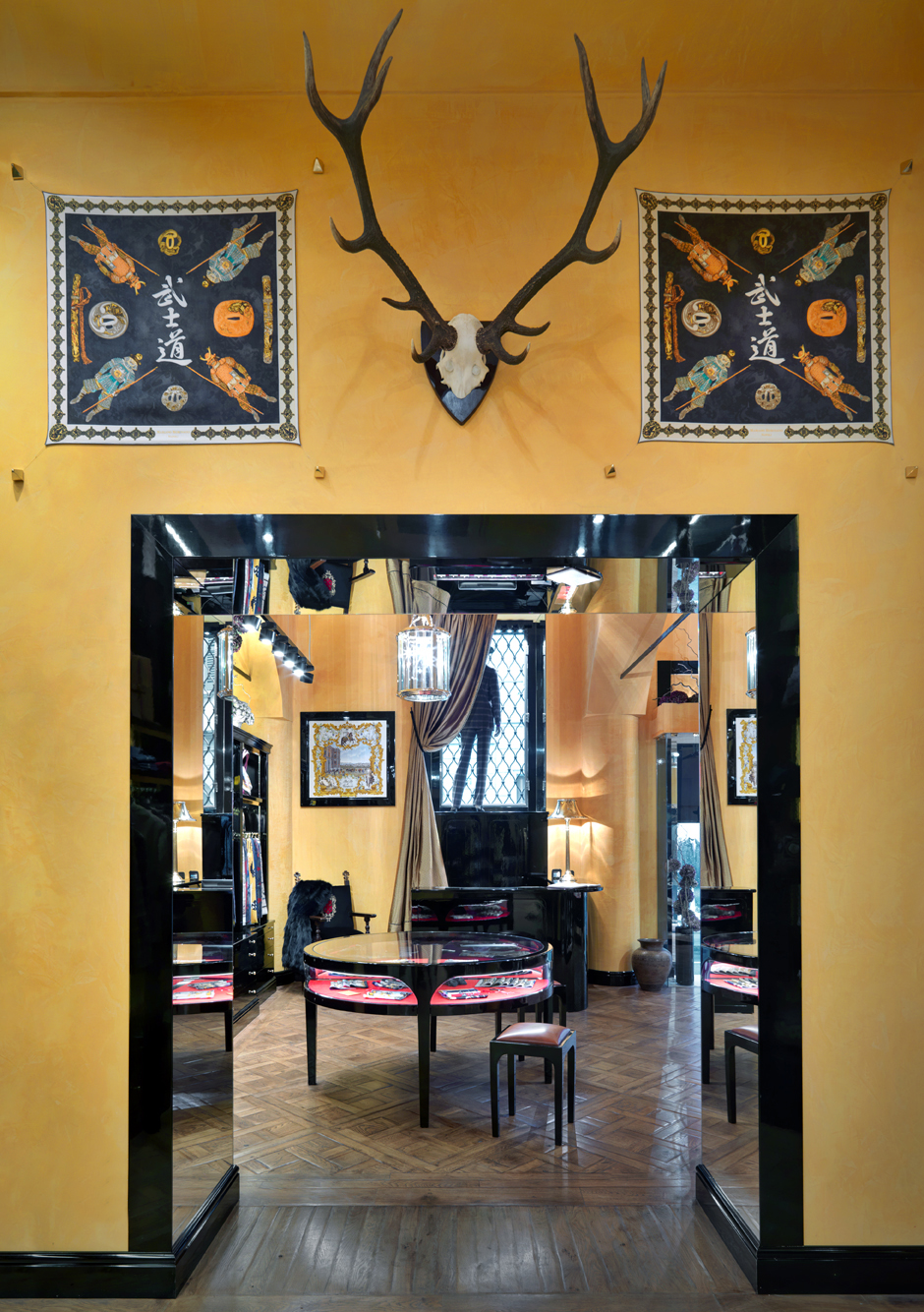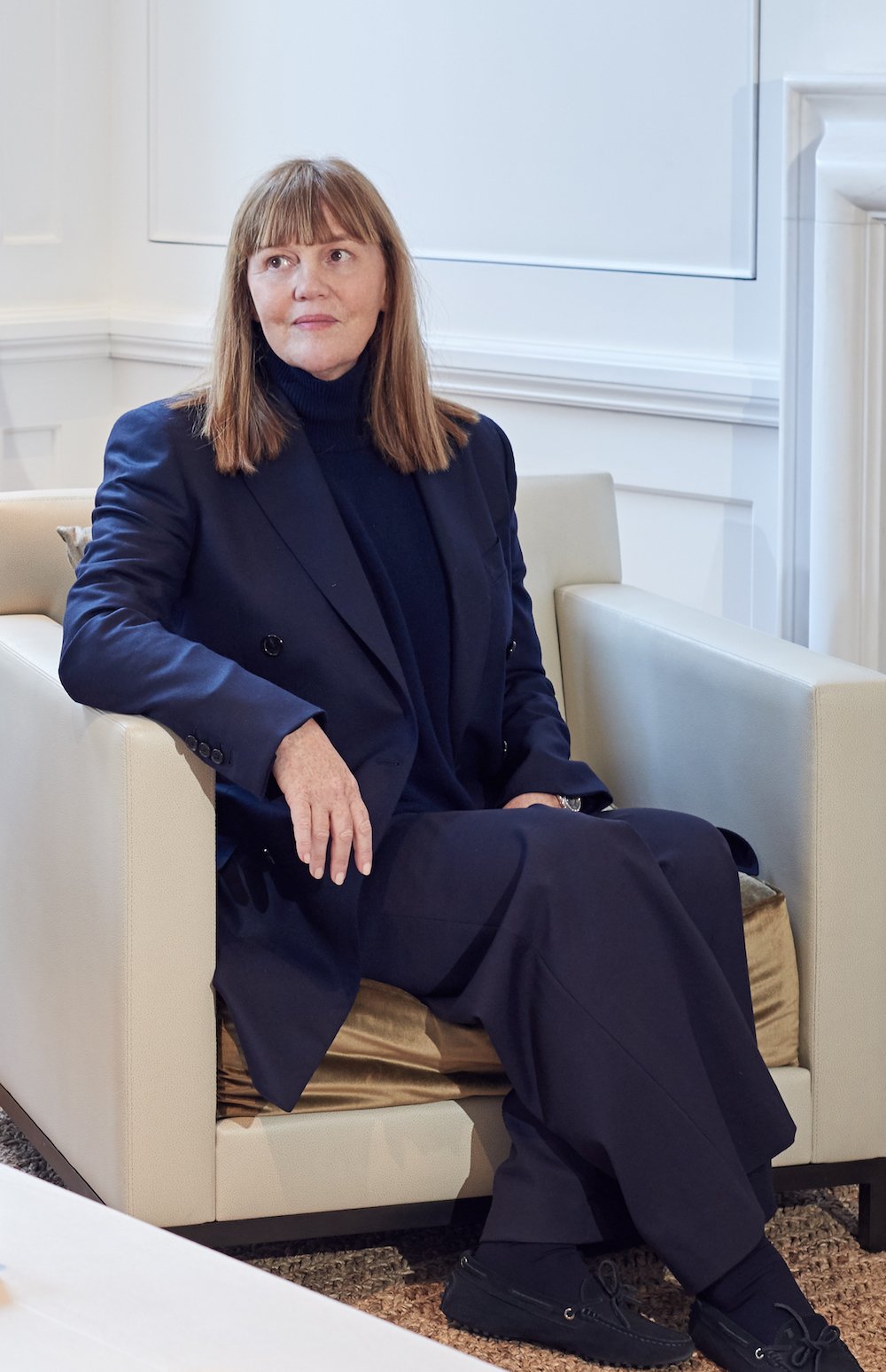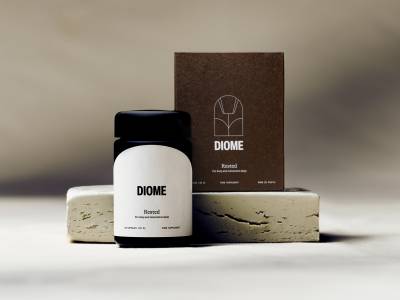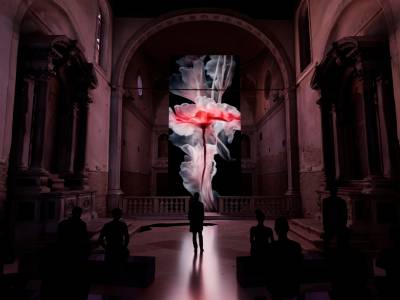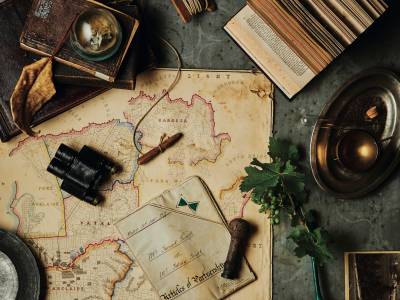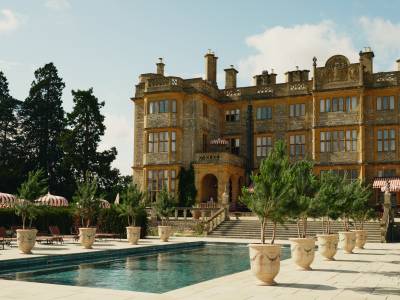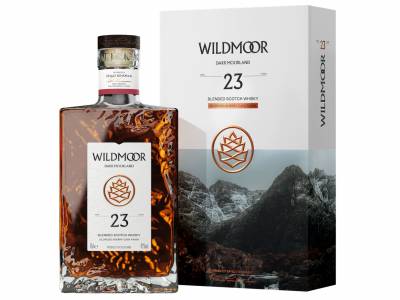Ten years of Sphere is a momentous achievement. However, I am sure that its proprietress [editor Jemima Sissons] will forgive me for pointing out that the celebrations might be ever so slightly overshadowed by the knees-up on the other side of the world in Cupertino, where they are celebrating a decade of the iPhone. And if there is one thing that has changed luxury over the past 10 years, it is the iPhone. This little device, with all its attendant capabilities, has effectively put the whole of Bond Street in your pocket.
Nor is it just the way we acquire and consume luxury that has been changed by the iPhone; the explosion of social media (Twitter was a year old in 2007 and the culturally dominant visual format of Instagram was not to arrive until 2010) has altered things in a way that our 2007 selves would have been incapable of imagining. Fashion has never moved so rapidly and the ever-faster speed has led some major brands to take drastic action and experiment with a see-now, buy-now instant fashion model — after all, if the world has seen next year’s Autumn-Winter on someone’s Instagram account, it makes this year’s Autumn-Winter seem so… well… this year.
